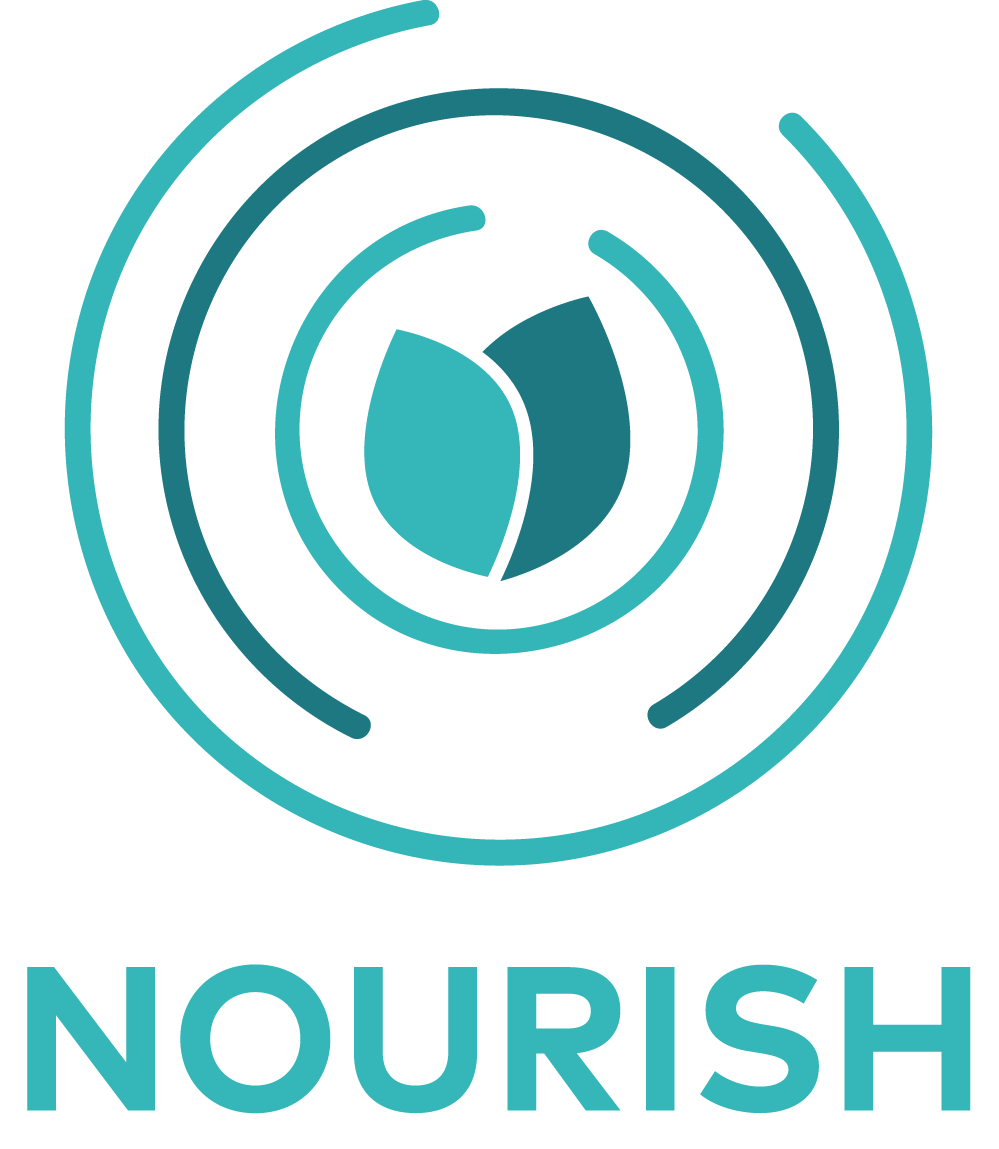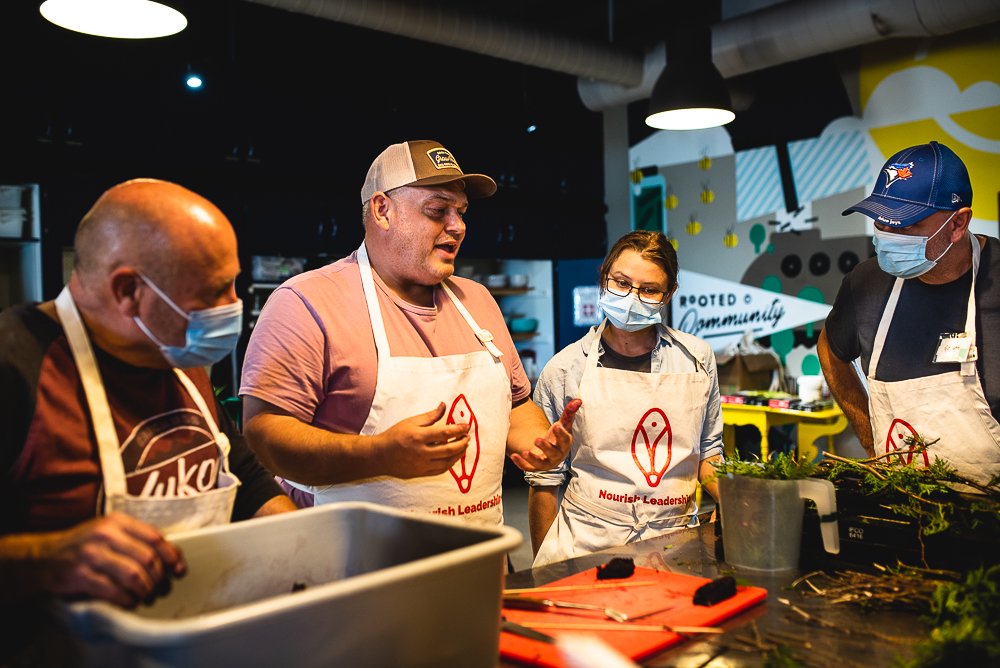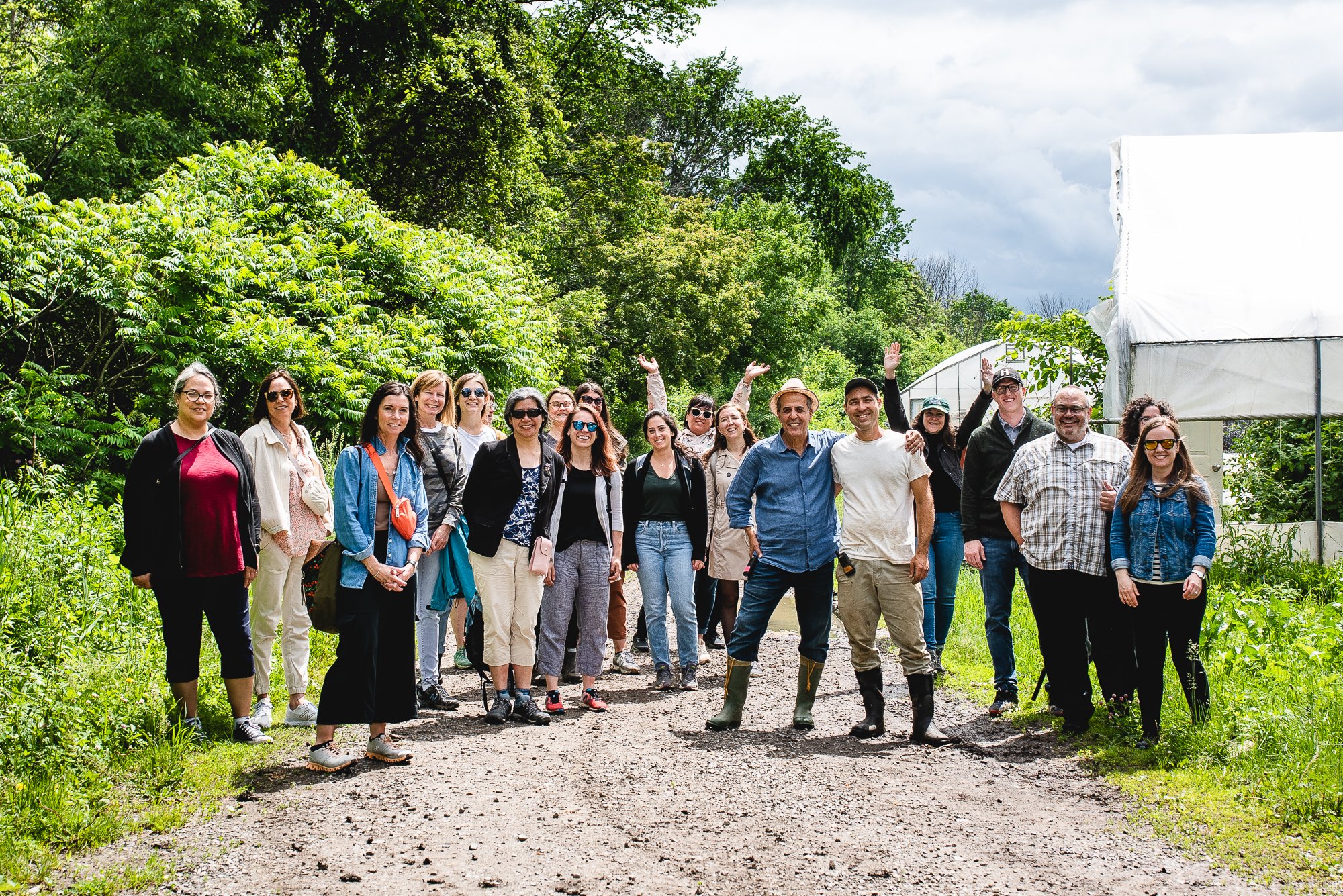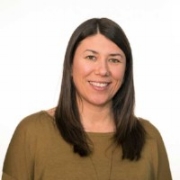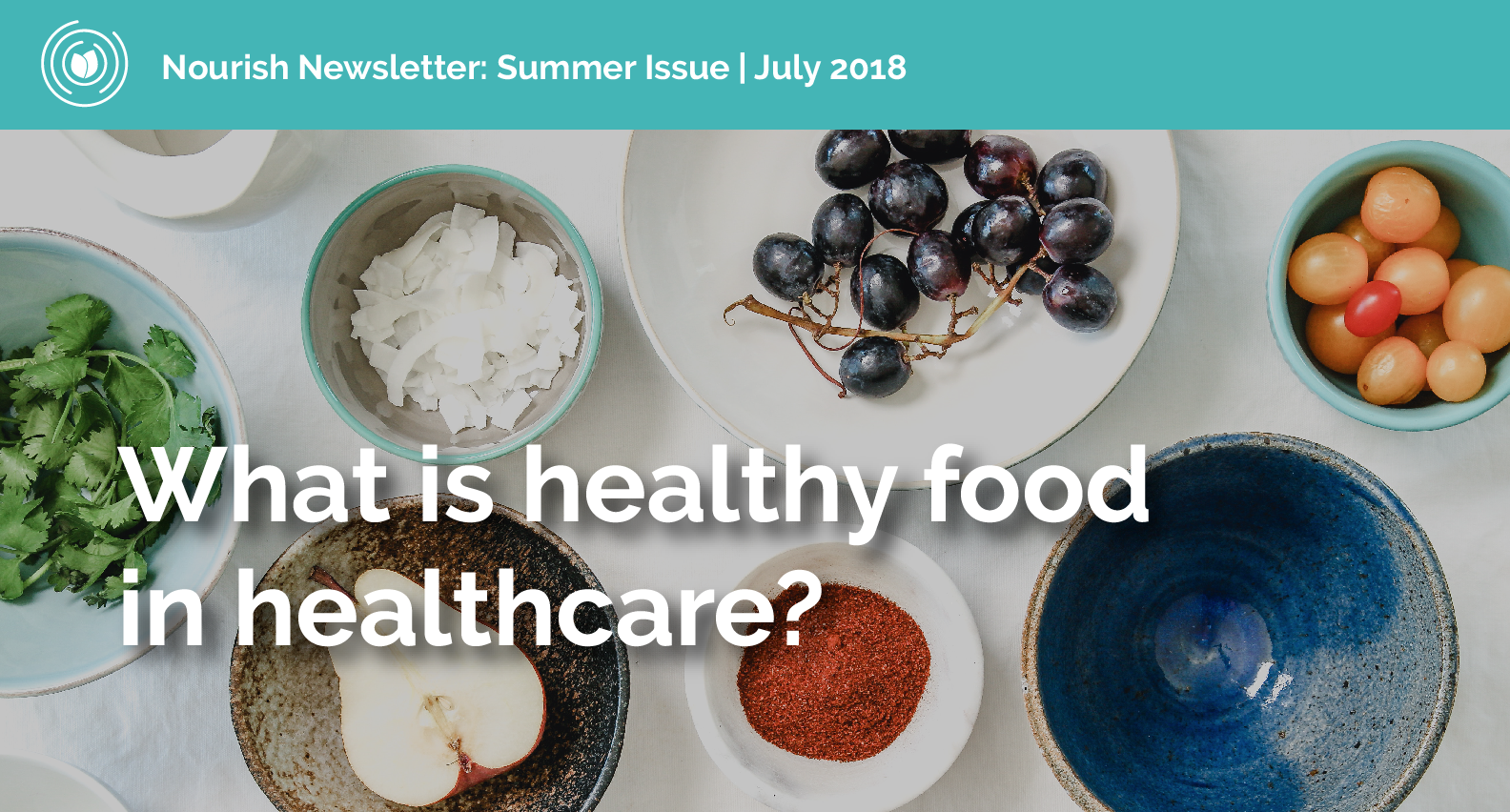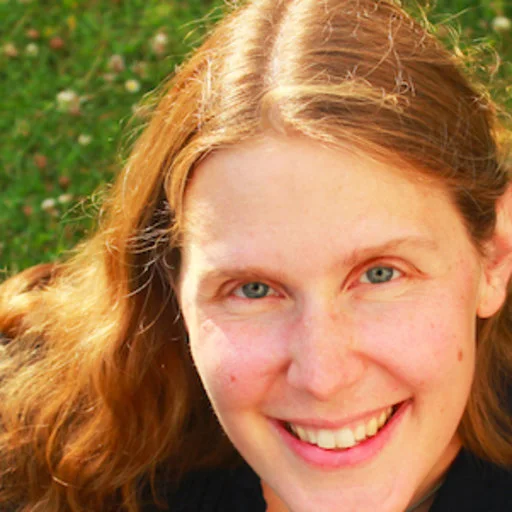The question of what qualifies as “healthy” food is highly contested in health care and beyond.
This conversation is alive and well in our leadership cohort, and we want to engage it publicly.
This webinar will bring together four varying perspectives from four thought-leaders to explore how hospitals and health care facilities can lead the charge in expanding the definition of healthy food, to better serve people, patients, and the planet.
Join panelists: Kelly Gordon, R.D Six Nations Health Services; Diane Imrie, Director of Nutrition at the University of Vermont Medical Centre; chef Joshna Maharaj, Take Back the Tray; and Dr Janice Sorensen, Langara College; to explore ways to better connect food and health through the patient meal experience, food service operations, food environments, and making connections from health care settings into community.
The four speakers bring powerful insights from the frontlines of the Healthy Food in Health Care movement in the US; a community strengthening connection to traditional foods and foodways as a pathway to well-being; innovative clinical research underway in Canada and Denmark; and multiple institutional food overhauls around the Greater Toronto Area.
Come with questions and take away a more nuanced understanding of how food can support health and healing, and how to take next steps to advance this conversation in your own organization.
Tweet your questions for the panelists and cohort to @NourishLead -- and please forward this invitation widely.
Register in advance for this webinar:
https://zoom.us/webinar/register/WN_tAWMOBE6QHud2g8Li31yCA
After registering, you will receive a confirmation email containing information about joining the webinar.
Panelists:
Kelly Gordon is a Registered Dietitian and Kanyen’keha (Mohawk), bear clan and a proud mother of two energetic children. She works for Six Nations Health Services as a Community Dietitian; she previously worked for Toronto Public Health and Davenport Perth Community Health Centre.
Diane Imrie is the Director of Nutrition at the University of Vermont Medical Centre (UVM) and is a registered dietitian. UVM was one of the first hospitals to sign the Healthy Food for Health Care pledge in 2006. Diane is actively exploring the gap in understanding about how healthy food is impacting the environment.
Joshna Maharaj is a chef and activist who has worked in three different institutional contexts: Sick Kids Hospital, Scarborough General Hospital and Ryerson University. She is an advocate of the role institutions can play in food systems and is passionate about fresh, wholesome and seasonal foods.
Dr. Janice Sorensen is a registered dietitian and a researcher with a PhD in Clinical Nutrition. Currently, Janice is teaching at the Nutrition & Food Service Management program at Langara College in Vancouver and co-chair of the Food in Healthcare Working Group of the Canadian Malnutrition Task Force
